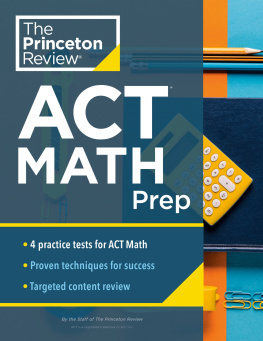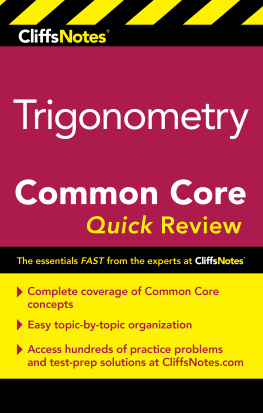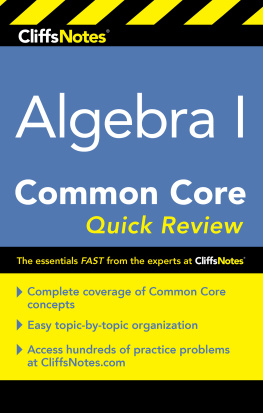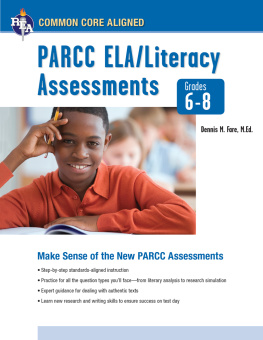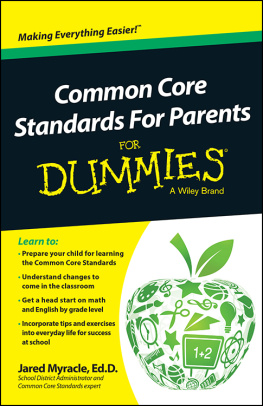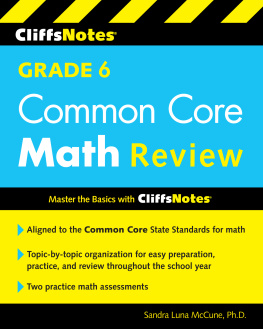Contents
Guide
Page List


Copyright 2019 by McGraw-Hill Education. All rights reserved. Except as permitted under the United States Copyright Act of 1976, no part of this publication may be reproduced or distributed in any form or by any means, or stored in a database or retrieval system, without the prior written permission of the publisher.
ISBN: 978-1-26-012891-8
MHID: 1-26-012891-1
The material in this eBook also appears in the print version of this title: ISBN: 978-1-26-012890-1, MHID: 1-26-012890-3.
eBook conversion by codeMantra
Version 1.0
All trademarks are trademarks of their respective owners. Rather than put a trademark symbol after every occurrence of a trademarked name, we use names in an editorial fashion only, and to the benefit of the trademark owner, with no intention of infringement of the trademark. Where such designations appear in this book, they have been printed with initial caps.
McGraw-Hill Education eBooks are available at special quantity discounts to use as premiums and sales promotions or for use in corporate training programs. To contact a representative, please visit the Contact Us page at www.mhprofessional.com.
TERMS OF USE
This is a copyrighted work and McGraw-Hill Education and its licensors reserve all rights in and to the work. Use of this work is subject to these terms. Except as permitted under the Copyright Act of 1976 and the right to store and retrieve one copy of the work, you may not decompile, disassemble, reverse engineer, reproduce, modify, create derivative works based upon, transmit, distribute, disseminate, sell, publish or sublicense the work or any part of it without McGraw-Hill Educations prior consent. You may use the work for your own noncommercial and personal use; any other use of the work is strictly prohibited. Your right to use the work may be terminated if you fail to comply with these terms.
THE WORK IS PROVIDED AS IS. McGRAW-HILL EDUCATION AND ITS LICENSORS MAKE NO GUARANTEES OR WARRANTIES AS TO THE ACCURACY, ADEQUACY OR COMPLETENESS OF OR RESULTS TO BE OBTAINED FROM USING THE WORK, INCLUDING ANY INFORMATION THAT CAN BE ACCESSED THROUGH THE WORK VIA HYPERLINK OR OTHERWISE, AND EXPRESSLY DISCLAIM ANY WARRANTY, EXPRESS OR IMPLIED, INCLUDING BUT NOT LIMITED TO IMPLIED WARRANTIES OF MERCHANTABILITY OR FITNESS FOR A PARTICULAR PURPOSE. McGraw-Hill Education and its licensors do not warrant or guarantee that the functions contained in the work will meet your requirements or that its operation will be uninterrupted or error free. Neither McGraw-Hill Education nor its licensors shall be liable to you or anyone else for any inaccuracy, error or omission, regardless of cause, in the work or for any damages resulting therefrom. McGraw-Hill Education has no responsibility for the content of any information accessed through the work. Under no circumstances shall McGraw-Hill Education and/or its licensors be liable for any indirect, incidental, special, punitive, consequential or similar damages that result from the use of or inability to use the work, even if any of them has been advised of the possibility of such damages. This limitation of liability shall apply to any claim or cause whatsoever whether such claim or cause arises in contract, tort or otherwise.
Contents
Pretest
T his pretest is an opportunity to remind yourself of bits of geometry that you already know, to identify areas of the curriculum that may be totally new to you, and generally help you to start thinking about geometry in new ways. Answer all the questions, and try to express your thinking as clearly as you can, even if youre not completely certain of the answer.
. What is the adjective applied to lines, rays, or segments that meet to form a right angle?
. Use a compass and a straightedge to construct the bisector of ABC.

. Explain the basis of the construction of a line parallel to a given line through a given point.
. Construct a square inscribed in the given circle.
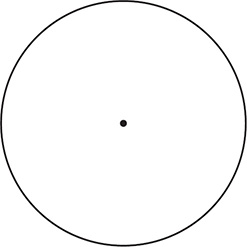
. If it is true that John plays football, but not true that Elizabeth is a nurse, is it true that John plays football and Elizabeth is a nurse? Explain.
. Write the converse of If you study daily, then you will score well on tests.
. Don argues that crackers are better than nothing and nothing is better than ice cream, so crackers are better than ice cream. Is his argument valid? Why?
.A is supplementary to B and B is supplementary to C. Prove that AC.
. Draw the image of parallelogram ABCD under a translation 2 units right and 3 units down.
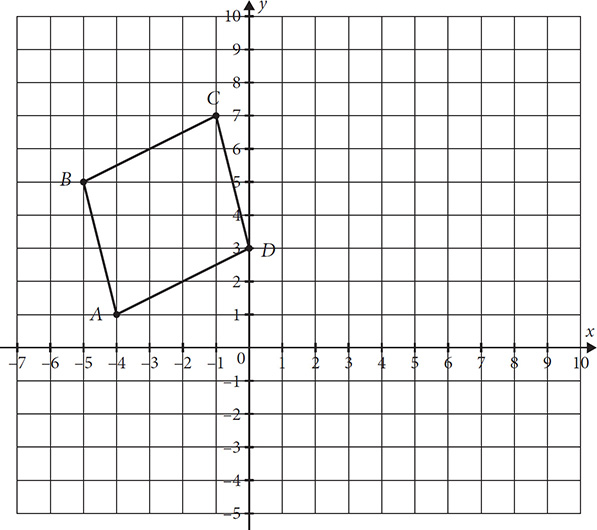
. Jessica says that a reflection across a line is equivalent to a rotation of 180 around a point on that line. Explain whether or not you agree and give an example to support your position.
. Quadrilateral ABCD is a rectangle. Quadrilateral ABCD is the image of ABCD under a composition of two transformations. Identify what the two transformations might be, and give specific details.
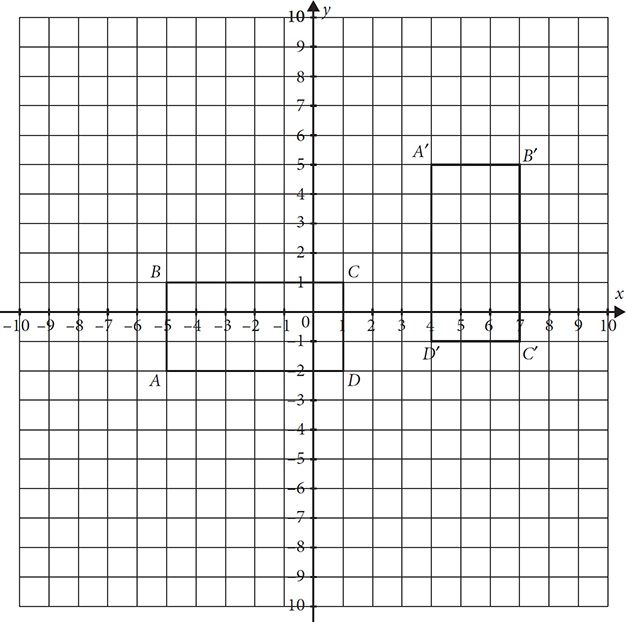
. What information not already indicated on the diagram would you need in order to prove these two triangles congruent by SAS? Write the congruence statement.
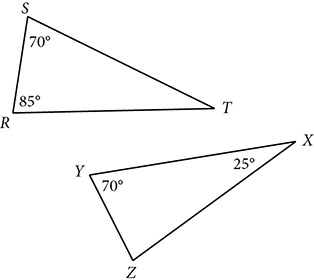
. Triangles can be proven congruent by SAS but not by SSA. Explain why it is possible to prove triangles congruent by ASA or AAS.
. Use transformations to explain how to identify corresponding parts of congruent triangles.
. To prove ABFEDG, another pair of triangles must be proven congruent first. Which triangles must be proven congruent first and what corresponding parts will help prove ABFEDG?

. What is a scalene triangle?
. What is the name given to a segment that connects a vertex of a triangle with the midpoint of the opposite side?
. Jason says the angles in XYZ measure 42, 84, and 107. Explain how you know Jasons statement is incorrect.
.ABC is isosceles with 


